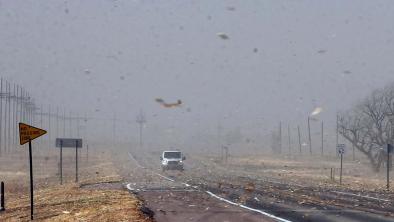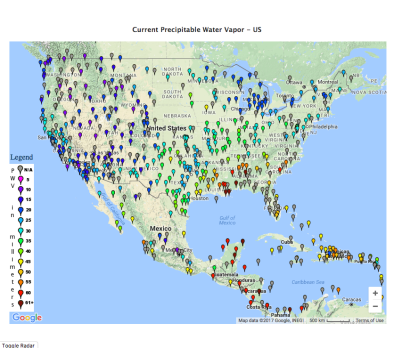Science Source
Rising Variability in Thunderstorm-Related U.S. Losses as a Reflection of Changes in Large-Scale Thunderstorm Forcing
- States that thunderstorm-related normalized economic and insured losses in the United States east of the Rockies from the period 1970–2009 (March–September) exhibit higher peaks and greater variability in the last two decades than in the preceding two decades
- Analyzes large events that incurred normalized losses of at least 250million (U.S.dollars)
- Finds that losses, if aggregated, account for the major proportion (~80%) of all thunderstorm-related losses in the period 1970–2009
- Demonstrates that the pattern of variability in the time series of these losses can be seen as a reflection (“fingerprint”) of the temporal variability in severe thunderstorm forcing
- States that no final attribution of the climatic variability identified in thunderstorm forcing and losses—either to natural climate variability or to anthropogenic climate change—can be conclusively arrived at in this study because of the chosen methodology
- Concludes, however, that the expected impacts of anthropogenic climate change on the forcing of convective storms appear consistent with these findings
Related Content
Headline

Dec 17, 2021 | Climate Nexus Hot News
'Obviously Extraordinary, Unprecedented' Storm Rips Across Central US
Science Source
| Nature
Global Temperatures Over Last 24,000 Years Show Today's Warming 'Unprecedented'
Matthew Osman, Jessica Tierney, Jonathan King et al
Real Time Data

Jun 21, 2017 | UCAR
Current Precipitable Water Vapor - US
Real Time Data

Jan 16, 2017 | University of Illinois, Urbana-Champaign
US Surface Dew Point Temperature


